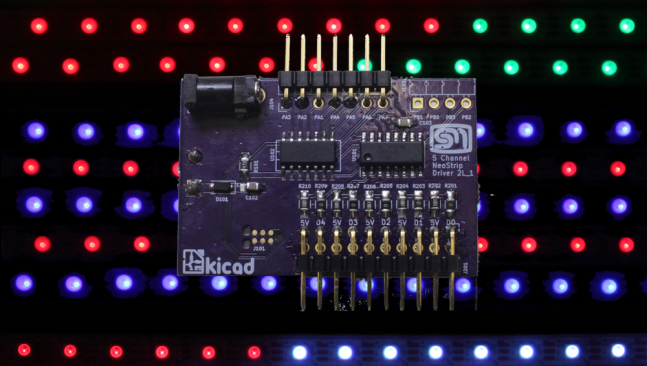Developing firmware for an embedded remote sensor that needs to adhere to a specific protocol has challenges due to the limited resources and the complexity of the implementation. Experience on a previous project (a remote sensor gateway) demonstrated how Test Driven Development could assist when working on complex systems. This write-up describes the approach used in the development of an embedded sensor node using TDD along with the workarounds I applied to the issues that were encountered along the way. It was not an easy project to start as it required a change in mindset and also a change in how one uses the available tools for embedded systems. The Unity and CMock utilities were a great help to ensure that the tests could be developed in a standard way.
Continue reading Developing a Remote Sensor Firmware using Test Driven DevelopmentDeveloping a Remote Sensor Firmware using Test Driven Development









